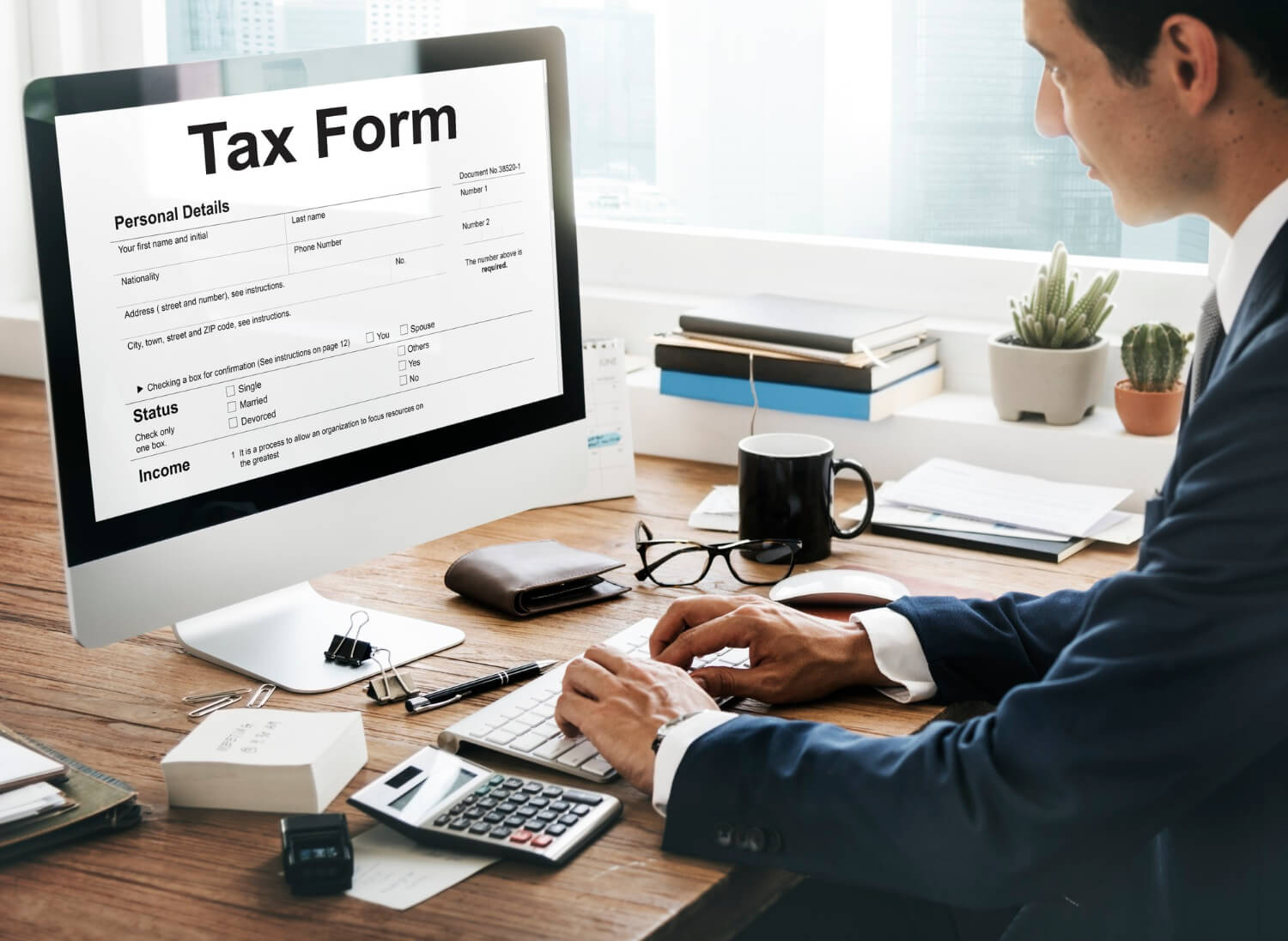How to Design and Support a Deductible Expense : A Practical Guide for Businesses
Tax deductions are crucial for businesses aiming to minimize expenses and maximize profitability. However, effectively claiming and supporting deductible expenses requires careful planning and understanding of tax regulations. In this blog, we’ll cover key strategies and concepts outlined in the document “How to Design and Support a Deductible Expense,” helping businesses optimize their tax positions while ensuring compliance.
Step 1 : Understanding the Theory of Deductible Expenses
The foundation for claiming tax deductions lies in the Income Tax Act (ITA) 18(1)(a), which states that an expense can only be deducted if incurred for the purpose of generating income. To simplify, ask yourself: “Would I have spent this money if I didn’t have a business?” If the answer is yes, the expense is likely personal and not deductible.
Step 2 : Developing Your Own Expense Theory
When designing deductible expenses, keep in mind four key principles:
- The entity must be an active business or income-generating property.
- The expense must directly serve a business purpose.
- Expenses should be matched to related income, when possible.
- Ensure there are no specific ITA restrictions for the expense.
Step 3 : Timing and Classification of Expenses
Properly timing when to record an expense can significantly impact tax savings. Here’s what to consider :
- Recurring Expenses: These must be deducted in the year they are incurred.
- Singular Expenses: For one-time costs, you may have the option to either deduct them immediately or defer them by matching the expense to future revenues.
- Capital vs. Repair Expenses: A major decision is whether an expense is classified as a capital improvement (betterment) or a repair (restoration). This classification affects whether the expense can be deducted fully or must be capitalized and depreciated over time.
Step 4 : Year-End Considerations
At the end of the fiscal year, businesses can make adjustments to financial statements to control the recognition of income and expenses. Some strategies include :
- Delayed Invoicing: You can manage when to issue sales invoices for completed work, influencing the period in which income is taxed.
- Inventory Valuation: Review inventory for write-downs and adjust to the net realizable value to reflect actual costs minus estimated direct selling expenses.
- Accruing Expenses: Record accrued liabilities for services received but not yet billed, such as utilities or professional fees.
Step 5 : Supporting Your Deductions
Claiming an expense is only half the battle; you must also be able to support it if questioned by the Canada Revenue Agency (CRA). Ensure you :
- Keep thorough records of the business purpose for each expense.
- Self-assess your expenses regularly to maintain compliance.
- Document your rationale for classifying and timing expenses.
Commonly Missed Deduction Opportunities
Businesses often overlook potential deductions. Some frequently missed opportunities include:
- Employee Benefits: Ensure you correctly account for taxable benefits provided to employees, such as vehicle allowances or tuition reimbursements.
- Business Use of Personal Assets: If you use personal property, like a vehicle, for business, consider how best to structure reimbursement to maximize deductions.
- GST Fines and Penalties: These are generally deductible, even though income tax fines are not.
Avoiding Red Flags with CRA
Certain practices can attract unwanted attention from the CRA. To avoid trouble:
- Ensure that expenses are legitimate and well-supported.
- Avoid claiming personal expenses as business-related.
- Maintain transparency in financial reporting and communicate proactively with the CRA to avoid penalties or reassessments.
Conclusion
Designing and supporting deductible expenses requires a proactive approach. By understanding the underlying theory, timing expenses appropriately, and keeping accurate records, businesses can effectively reduce tax liabilities while staying compliant. As tax regulations are complex and subject to change, it is always wise to seek professional advice when dealing with significant transactions or uncertainties.
For more detailed strategies and advice, consult with a tax expert or refer to specialized resources like those provided by Phoenix Knight Financial.




